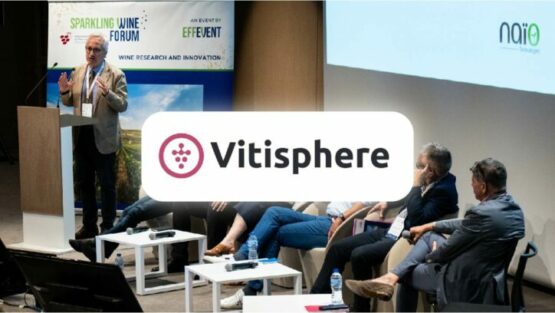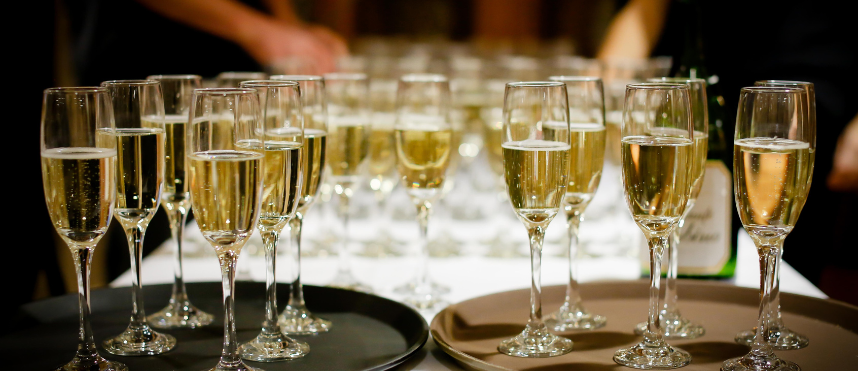Sustainability applied to the production of sparkling wines
Taking sustainable development into account, which is required of everyone, must be adapted to each winery context. With regard to sparkling wines, several specificities can be observed. Firstly, cool climates associated with the search for acidity are often linked to rainy conditions, favourable to the development of cryptogamic diseases, which justifies optimising the phytosanitary strategy. At the cellar level, the wine-making process, notably by the traditional method, often leads to significant consumption of water during the pressing period, as well as energy, from the arrival of the grapes to the dispatch of the bottles (cooling of the musts, disgorging, ageing), with also a higher bottle weight than still wines. Finally, the luxury status of bubbly wines is often associated with sophisticated packaging, which can increase the amount of waste. All these elements justify the implementation of an environmental management, and more globally sustainable specific, with regard to the main compartments of sustainability: optimal management of water, energy, waste, recovery of biomass, reduction of the greenhouse effect impact, etc.

